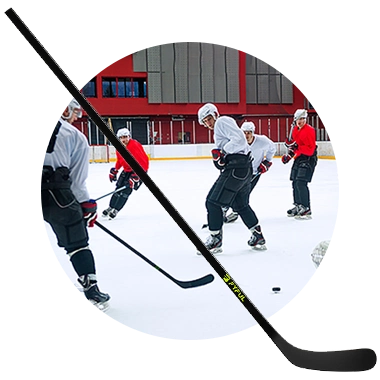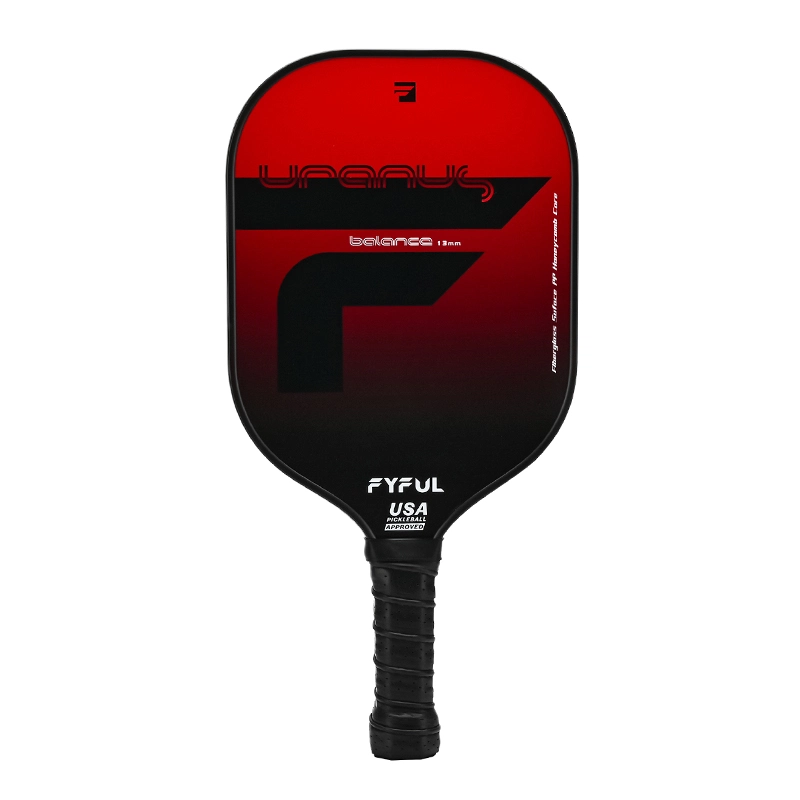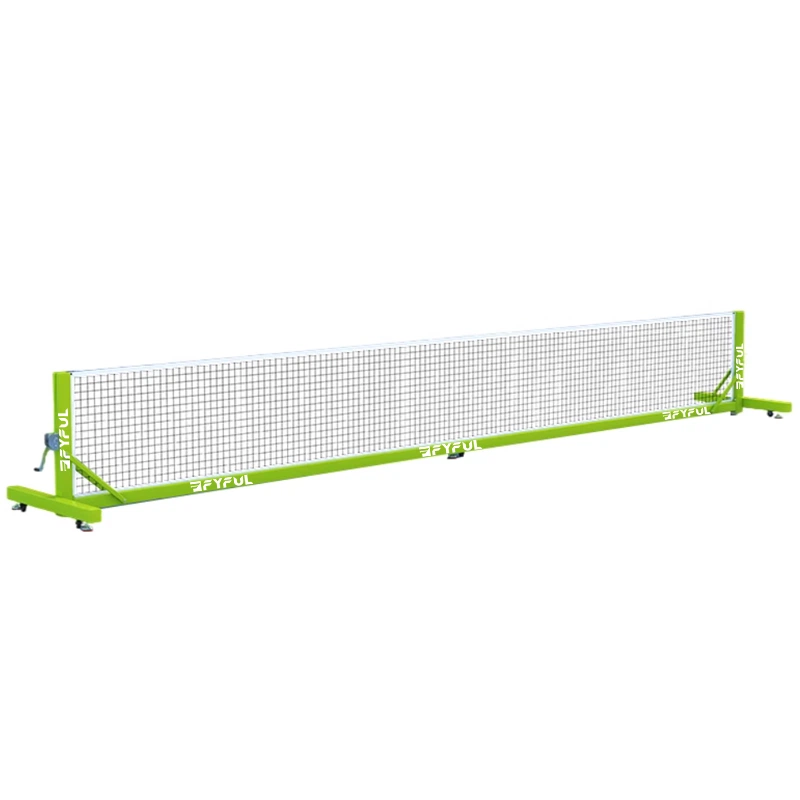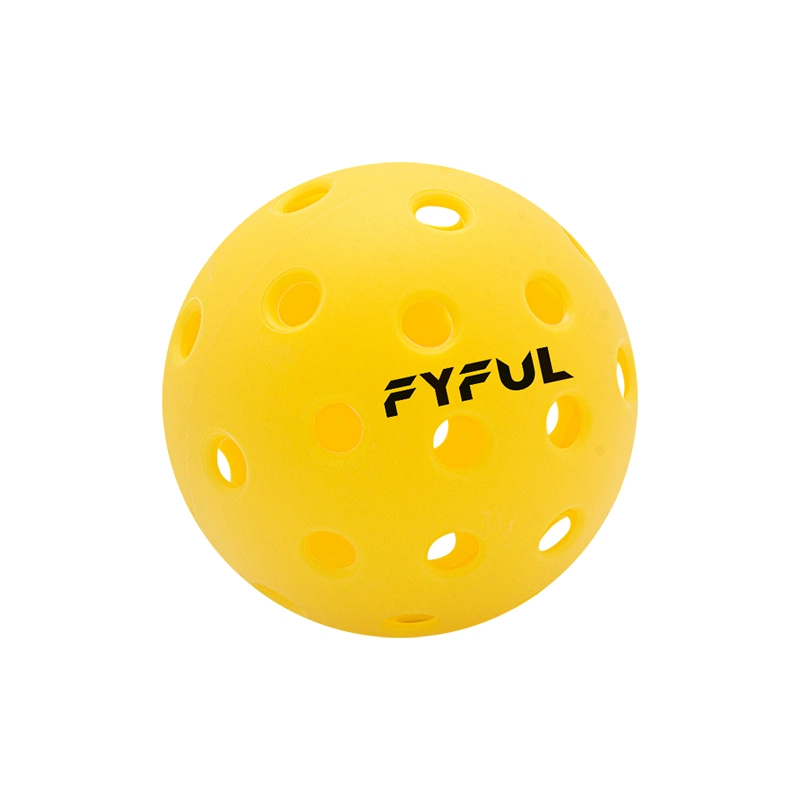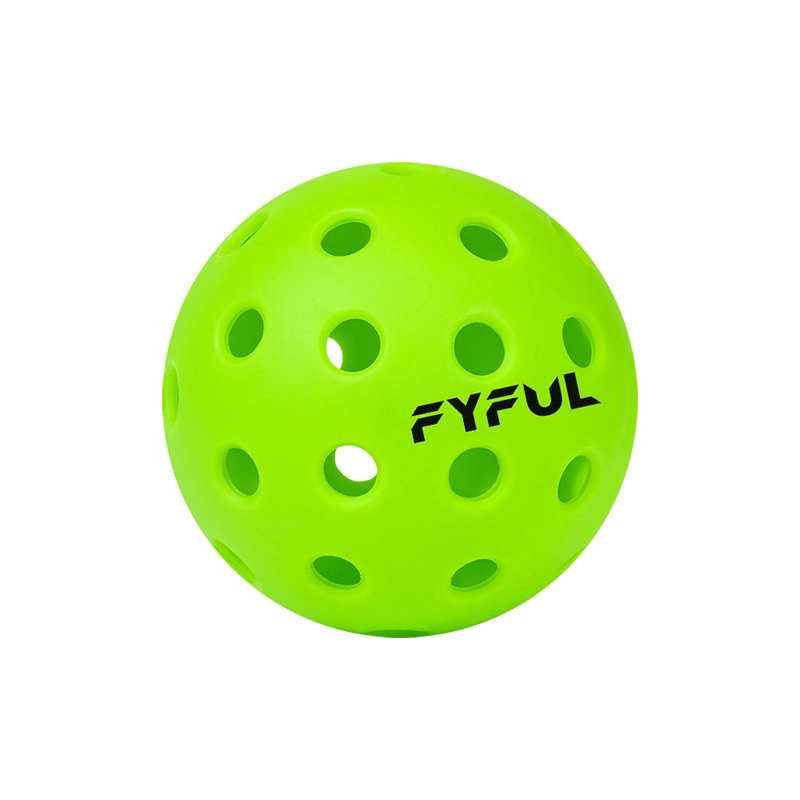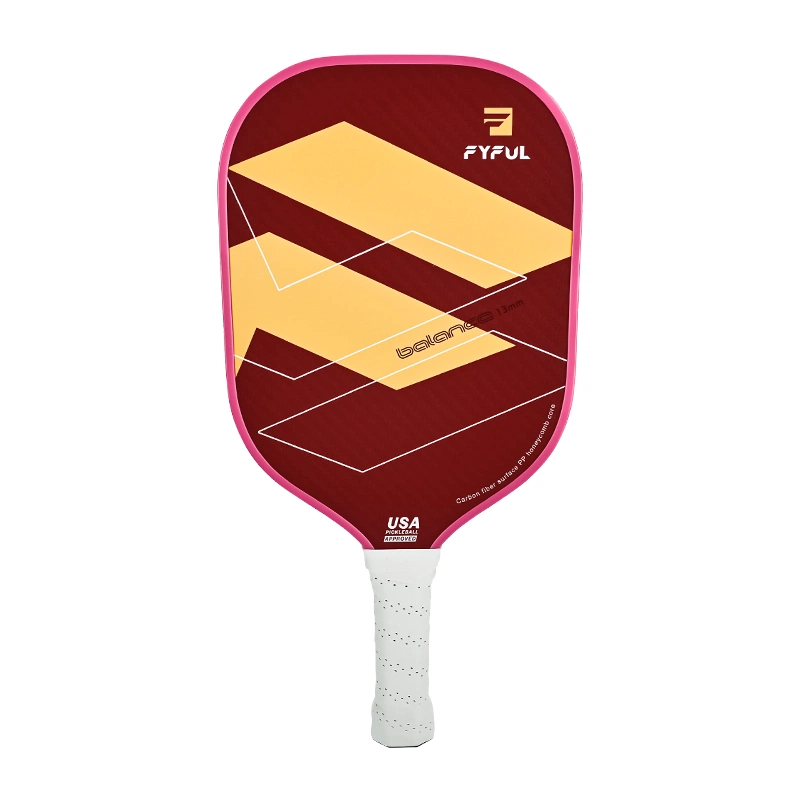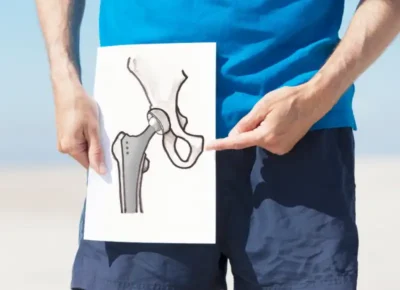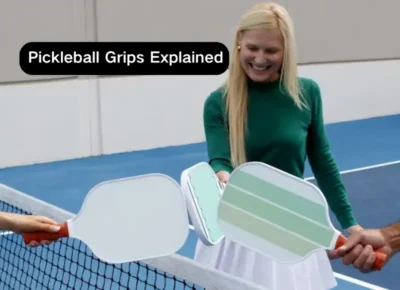Table of Contents
Why is Carbon Fiber Preferred for Pickleball Paddles?
Understanding Carbon Fiber T-Grades
Standard Modulus Carbon Fiber Properties
|
Fiber Type |
Tensile Strength* (ksi) |
Tensile Strength* (MPa) |
Tensile Modulus* (MSi) |
Tensile Modulus* (GPa) |
Common Applications |
|---|---|---|---|---|---|
|
T300 |
512 |
3530 |
33.4 |
230 |
Various including weaving and prepreg, especially for drapability |
|
T700S |
711 |
4900 |
33.4 |
230 |
Various including filament winding and pultrusion |
|
T700G |
711 |
4900 |
34.8 |
240 |
Various including weaving and prepreg with enhanced fiber/resin adhesion |
Intermediate Modulus Carbon Fiber Properties
|
Fiber Type |
Tensile Strength* (ksi) |
Tensile Strength* (MPa) |
Tensile Modulus* (MSi) |
Tensile Modulus* (GPa) |
Common Applications |
|---|---|---|---|---|---|
|
T800H |
796 |
5490 |
42.7 |
294 |
Weaving and prepreg |
|
T800S |
853 |
5880 |
42.7 |
294 |
Various including prepreg unidirectional tape |
|
T1000G |
924 |
6370 |
42.7 |
294 |
Filament winding |
|
T1100S |
1017 |
7000 |
47 |
324 |
Various including filament winding |
|
T1100G |
1017 |
7000 |
47 |
324 |
Various including weaving and prepreg |
High Modulus Carbon Fiber Properties
|
Fiber Type |
Tensile Strength* (ksi) |
Tensile Strength* (MPa) |
Tensile Modulus* (MSi) |
Tensile Modulus* (GPa) |
Common Applications |
|---|---|---|---|---|---|
|
M35J |
654(6K) | 683(12K) |
4,510(6K) | 4,700(12K) |
49.8 |
343 |
Various including weaving and specialty prepreg |
|
M40J |
640 |
4400 |
54.7 |
377 |
Various including weaving and specialty prepreg |
|
M46J |
609(6K) | 583(12K) |
4,200(6K) | 4,020(12K) |
63.3 |
436 |
Various including weaving and specialty prepreg |
|
M55J |
583 |
4020 |
78.2 |
540 |
Various including weaving and specialty prepreg |
|
M60J |
554 |
3820 |
85.3 |
588 |
Various including weaving and specialty prepreg |
Data Source: Toray Composite Materials America, Inc
Understanding UD, 3K, 12K and 18K Carbon Fiber
- UD: UD stands for “Unidirectional” carbon fiber. In this weave, all the carbon fibers run in a single direction, usually along the length of the paddle. In such configurations, the “K” value (1K, 3K, 12K) becomes irrelevant. Instead, the focus shifts to the total number of fibers used, essentially the weight of the fiber layers in relation to their area. This construction provides excellent strength and stiffness in the direction of the fibers.
- 3K: 3K refers to a carbon fiber weave where each strand contains 3,000 individual carbon filaments. 3K carbon fiber is common in many applications due to its balance of strength, stiffness, and cost-effectiveness.
- 12K: Similarly, 12K refers to a carbon fiber weave where each strand contains 12,000 individual carbon filaments. A 12K weave typically provides more strength and stiffness compared to a 3K weave due to the higher number of filaments per strand. Paddles with a 12K weave may be slightly heavier but offer enhanced performance.
- 18K: 18K carbon fiber weave has even more individual filaments per strand, specifically 18,000. This results in a very dense weave, offering high strength and stiffness. Paddles featuring an 18K weave are typically top-of-the-line products, offering superior performance but often at a higher cost.
T300 vs. T700 Carbon Fiber Pickleball Paddles
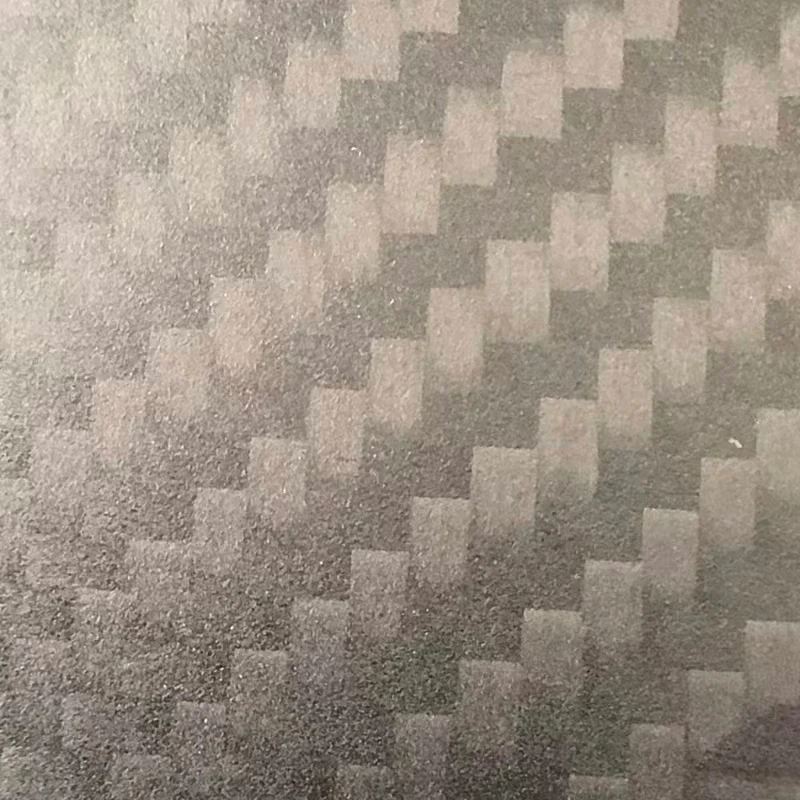
T300/T700 Carbon Fiber Pickleball Paddle Surface
Composition and Manufacturing
Performance
Control
Spin
Both T300 and T700 pickleball paddles can provide a good spin to the ball as both have a rough surface and their spin can be controlled, customized, or even enhanced during the manufacturing process. That said, in its raw form, T300 carbon fiber products provide a little better spin as their surface is relatively rougher as compared to T700.
Durability
Cost
Selecting the Perfect Carbon Fiber Pickleball Paddle
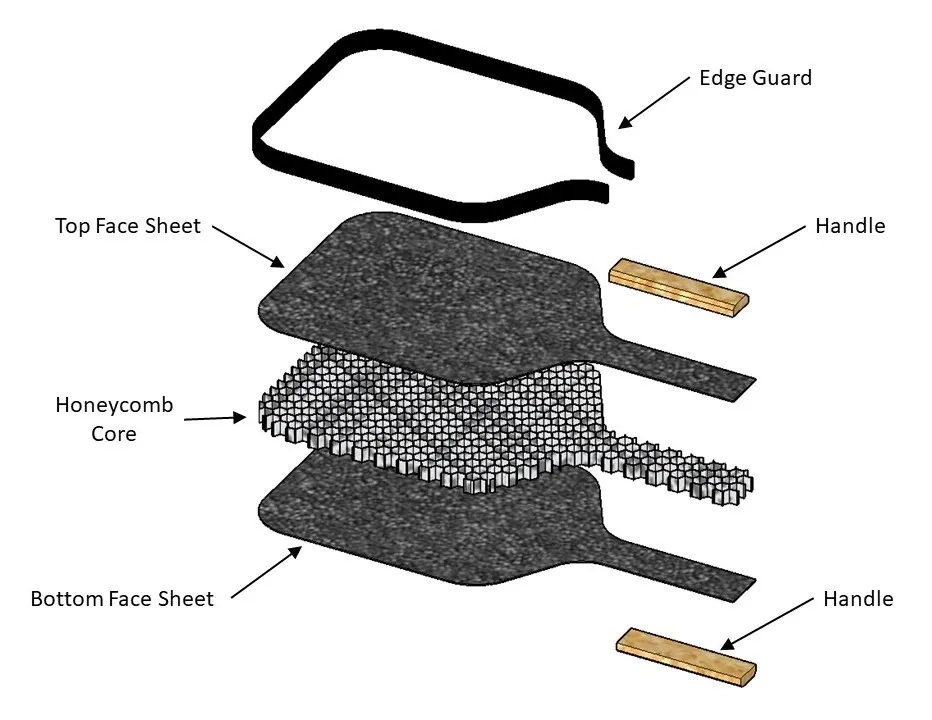
Weight
Thickness
Handle Length
Grip Circumference
Pressing Method
How to Clean Carbon Fiber Pickleball Paddle?
Clean your paddle regularly using a damp cloth to remove dirt and sweat buildup.
Avoid excessive exposure to direct sunlight or extreme temperatures, as this can damage the carbon fiber material.
Store your paddle in a protective case or bag when not in use to prevent accidental damage.
Inspect your paddle regularly for any signs of wear or damage, such as cracks or delamination. If any issues are detected, consider repairing or replacing the paddle.
Avoid hitting hard surfaces or other objects with your paddle, as this can cause damage to the carbon fiber surface.



